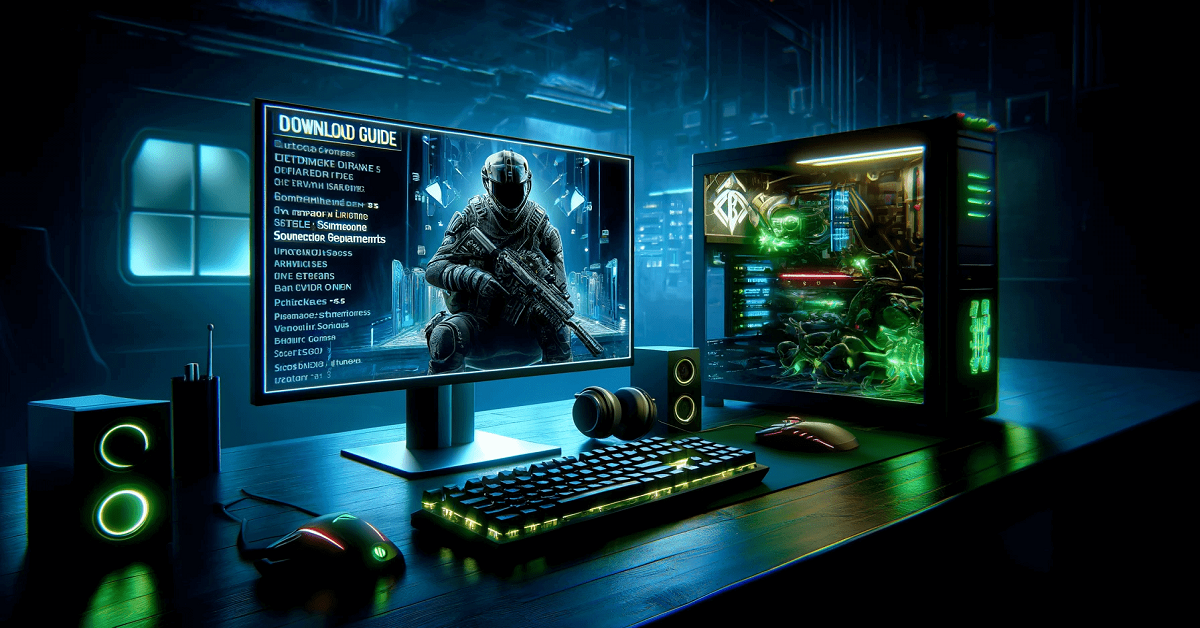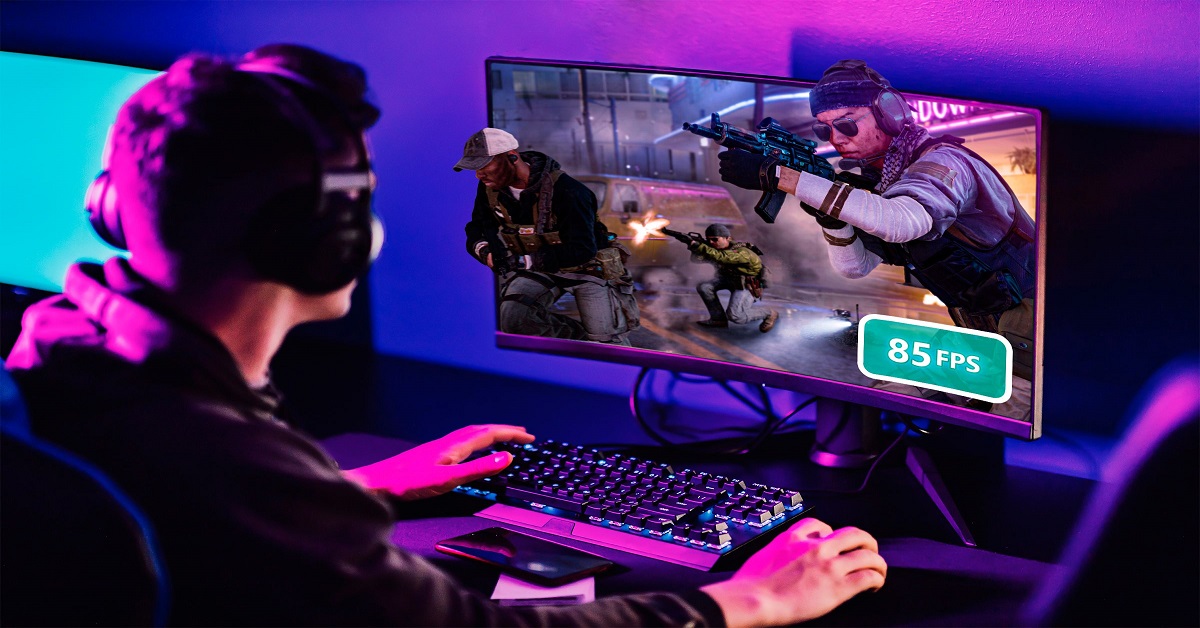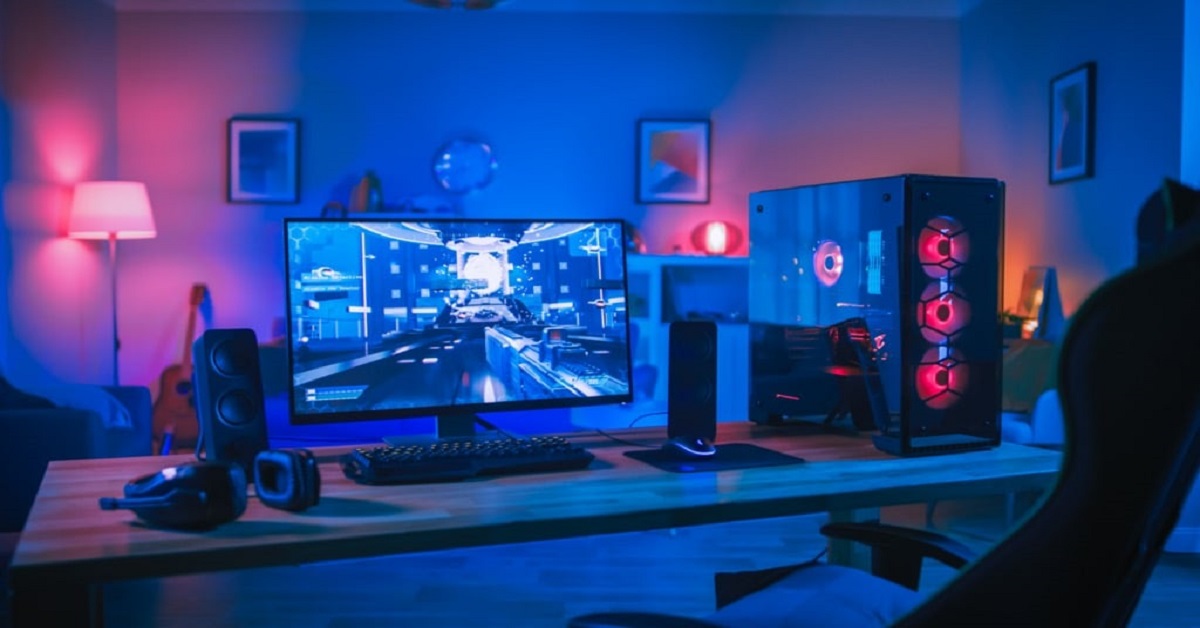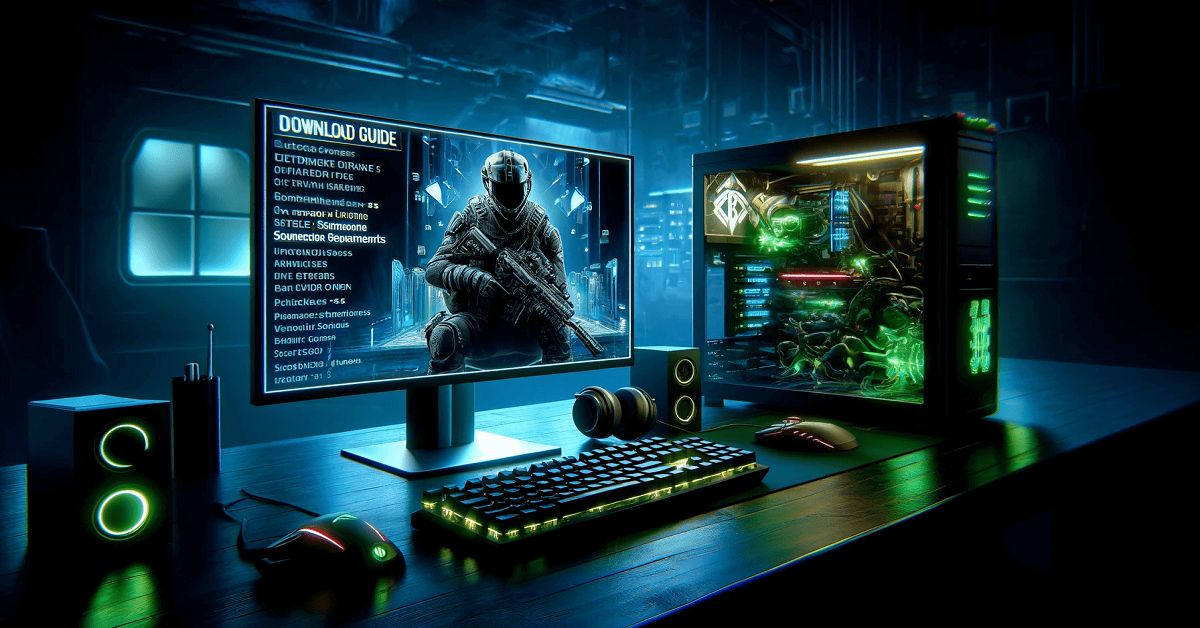If you are a PC gamer, you can tell how annoying low FPS and lag are in your favorite games. These can ruin the experience of your gaming. Performance matters whether you’re playing an open-world RPG or a fast-paced FPS.
In this guide, we’re going to show you what to do if FPS is low on a PC, how to reduce lag, FPS performance issues on Windows, and, in general, how to enhance your overall gaming and fix lag in FPS games. The tips for optimizing Windows are easy to follow, and the effect is substantial.
Why Is Your FPS So Low?
That FPS (frames per second) is how many images your PC may render on a second by second. The higher the FPS, the smoother the game feels. If you have a low FPS, then these are some of the possible reasons:
- Outdated graphics drivers
- Too many background apps
- Wrong power settings
- Poor system cooling
- Insufficient RAM or weak GPU
- In-game settings are too high
But don’t worry. Now let’s see how we can fix it.
Windows Optimization for Gaming: Step-by-Step Guide
Below, we have listed the best ways to fix lag in FPS games and increase the performance of your computer.
1. Update Your Graphics Drivers
Crashes and poor performance may be attributed to outdated drivers.
How to do it:
- Click on the Start button in the right corner of the screen, then Device Manager, Display Adapters.
- Right-click your GPU > Update Driver > Search automatically
- You can also go to your GPU brand’s website (NVIDIA, AMD, Intel) for the latest drivers.
2. Now, Set Your PC to High Performance.
By default, Windows may run in the balanced or power saver mode. Switch to high performance.
How to do it:
- Open Control Panel > Hardware and Sound > Power Options
- Select High Performance
- When you are on your laptop, it is recommended to plug in the charger as well because otherwise the laptop will throttle.
3. Turn Off Background Apps
Discord, a browser, or even an antivirus can chew through CPU or RAM.
How to do it:
- Open Task Manager by pressing Ctrl + Shift + Esc.
- Go to Processes and end anything other than what you need while gaming
4. Disable Startup Programs
Too many startup programs can slow your PC.
How to do it:
- Open Task Manager > Startup tab
- Turn off the unused apps
5. Adjust In-Game Settings
Not all PCs can run Ultra. The right options can be lowered so drastically that they drastically boost FPS.
How to do it:
- Shadow quality
- Anti-aliasing
- Texture resolution
- Draw distance
The game runs better in full screen than borderless window.
6. Enable Game Mode in Windows
Game Mode is also built into Windows 10 and 11, which focuses on your game.
How to do it:
- Settings > Gaming > Game Mode > Turn it On
7. Xbox Game Bar and DVR can be turned off
But these are the features that can hurt performance on average low or mid-end PCs.
How to do it:
- Click Settings, click Gaming, click the Xbox Game Bar, then click Turn off.
- Under Captures, disable Background Recording
8. Clean Your PC
Dust can lead to overheating. The overheated CPUs and GPUs kill performance to cool down.
How to do it:
- Clean the fans on your PC and open them very carefully.
- Compressed air or a soft brush can be used.
- Have good airflow around your setup
9. Use an SSD Instead of HDD
- Moving your game to an SSD if it’s installed on a hard drive will decrease load times and stuttering.
10. Upgrade Hardware (If Needed)
Once you have tried all the possible software fixes and performance is still poor, then maybe you need to upgrade.
How to do it:
- Also, adding more RAM – 16 GB is the perfect amount for modern games.
- Upgrading to a stronger GPU
- A better CPU option for high FPS games
Bonus: Third-Party Tools to Improve FPS
- Fortunately, a few of these free tools can help optimize your PC for gaming.
- MSI Afterburner, Monitor GPU and CPU performance
- Also, Razer Cortex is a tool that will close all the background processes to enhance gaming
- Overclocking safely, tools provided by your GPU’s vendor: GPU Tweak.
Conclusion
With these tips, you can improve FPS on PC you won’t have a problem fixing low FPS in Windows games and playing smoothly. These steps will get Windows optimized for gaming, no matter how fast your shooter action or rich your adventures.
Get geared up, adjust the settings, and jump back in the challenge this time, however, it will be to deliver buttery smooth FPS, absolutely no lag!









